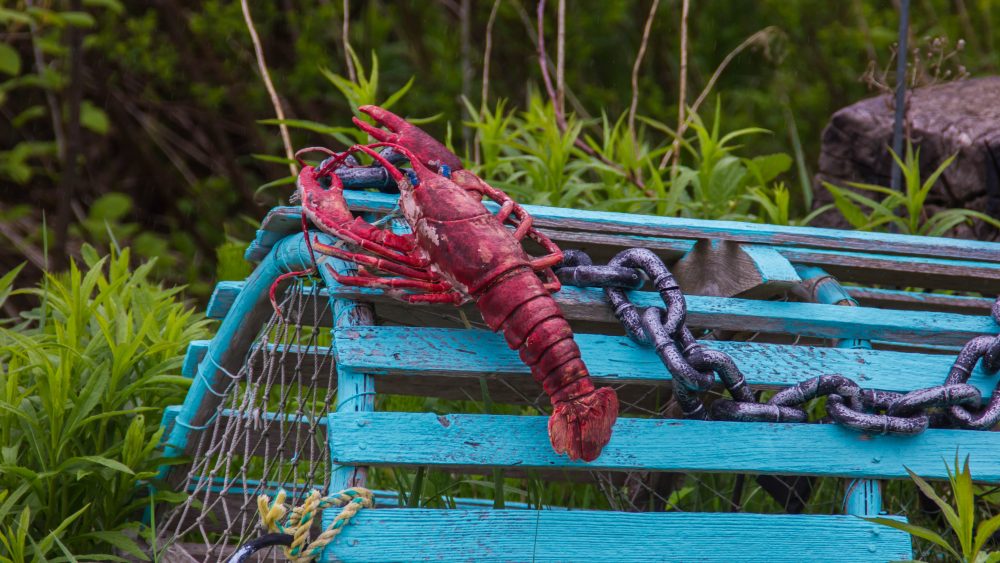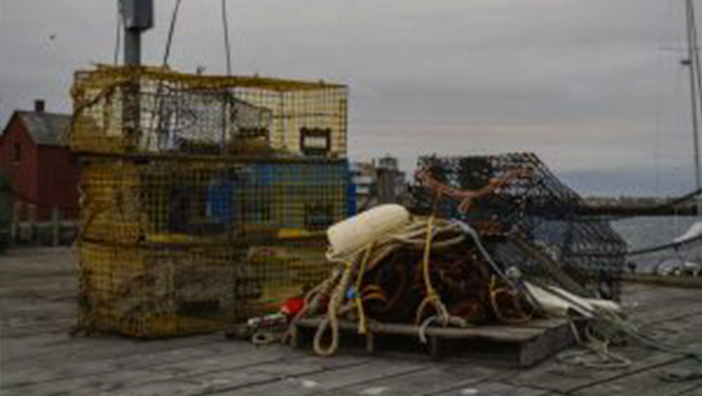Using a Math and Science Lens to Study the Debate between Mi’kmaw and non-Indigenous Fishers in Nova Scotia
Problems that arise in the real-world allow for meaningful classroom discussions about social issues. Currently in Nova Scotia, there is an ongoing debate between Mi’kmaw and non-Indigenous fishers about the rules around when lobsters can be harvested. A lot of the confusion stems from the 1999 Marshall Decision made by the Supreme Court of Canada which maintained a treaty right to hunt, fish, and gather in pursuit of a ‘moderate livelihood’, arising out of the Peace and Friendship Treaties of 1760 and 1761. In particular, different interpretations of the phrase ‘a moderate livelihood’ have led to great conflict about how Indigenous and non-Indigenous fishers can share the resource.
This issue can be explored through many different lenses, including from a math or science perspective. But before examining the ways math and science can enhance understanding, it is first necessary to teach about the broader context in which the conflict is situated. In this case, it involves learning about the Indigenous treaty rights associated with the Mi’kmaw community and the broader historical and current relationships between Indigenous and non-Indigenous peoples. Bringing social issues into the classroom takes time and commitment. This issue is complex and will require sustained efforts over time to adequately unpack. Without first understanding the social/political/historical context, the math and science learning will be limited.
Resources to understand the contextual background between Mi’kmaw and non-Indigenous Fishers
Math and science skills are fundamental to understanding a range of social issues. In the case of Mi’kmaw and non-Indigenous fishers, there are a range of ways math and science can enhance understanding of the issue and allow students to form critical opinions. This is particularly important as children in the junior grades become more and more aware and invested in exploring real-world issues of justice.
Studying the lobster
Related Lessons
Using maps and investigating catch rates to understand lobster abundance in Nova Scotia waters

Simulating Resource Sharing

Moving forward…
Interviews with both Indigenous and non-Indigenous fishers say collaboration is necessary in resolving the fishery issue in Nova Scotia (Goodyear, 2020; Minke-Martin, 2020; CBC News, 2020). Co-management of resources is made even more complicated because of colonial history. While math and science provide one perspective on the issue, there are also ethical concerns such as upholding Indigenous Treaty Rights that also need to be taken into consideration. These ethical decisions may go beyond mathematical and scientific solutions to the problem.
We want to hear from you! Please email robertson@utoronto.ca or message us on twitter @robertsonprog to share your ideas!
References
Hardin, G. (2009). The tragedy of the commons. Journal of Natural Resources Policy Research, 1(3), 243-253.
Hatcher, A., Bartlett, C., Marshall, A., & Marshall, M. (2009). Two-eyed seeing in the classroom environment: Concepts, approaches, and challenges. Canadian Journal of Science, Mathematics and Technology Education, 9(3), 141-153.
Seiden, J. M., Wilke, K. M., & Schneider, D. C. (2013). Spawning odds in relation to size of American lobsters Homarus americanus. Journal of Shellfish Research, 32(3), 779-783.
